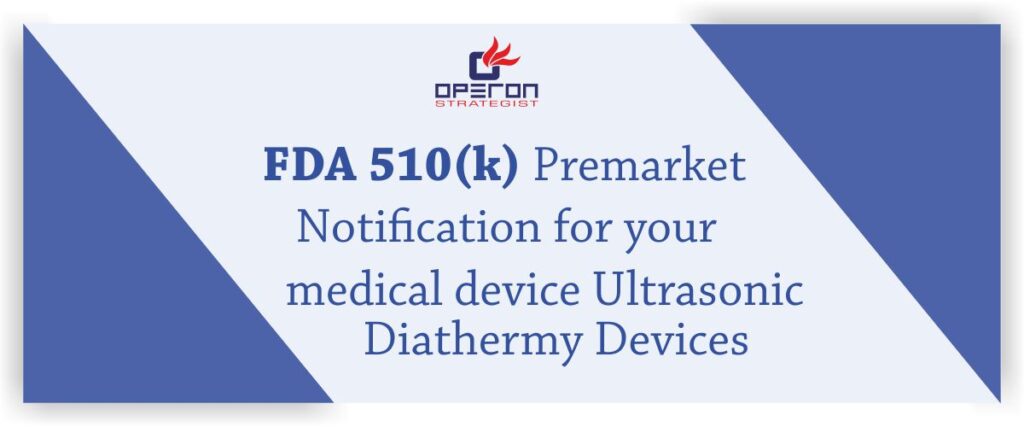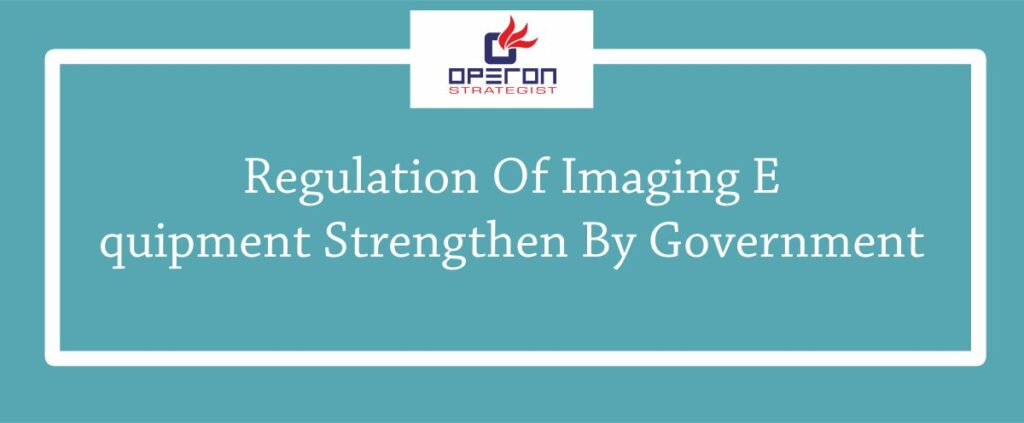Vital signs device measures the basic medical indicators of health – temperature, pulse, breathing, and blood pressure. Most monitors can store and record thousands of pieces of information. Many portable types feature a touch screen and a handle, as well as a backup battery supply.
Today medical device companies adopted digitization but this isn’t easy for manufacturers, they face so many obstacles like regulatory compliance, document validation, QMS implementation. As a Turnkey project consultant, we provide guidance on manufacturing facility, document validation etc. To medical device manufacturers so that they can adopt new methods and comply with new regulations.
Vital signs device monitors are efficient and will provide accurate and fast readings to evaluate a patient’s health. The data it provides gives valuable insight to how a patient is really doing. It will alert a clinician if a patient is not recovering so well or may have a more serious health condition than what is visibly seen. A vital signs monitor measures a patient’s body temperature, pulse rate (heart rate), blood pressure and respiratory rate.
The Vital signs device is used in clinical settings such as a doctor’s office, small clinic or pre-op area of a surgery center. They also can be used in a home setting as well. A vital signs monitor is a less expensive alternative for a small clinic or doctor’s office versus a multi-parameter patient monitor. Vital signs device monitor provides fast and accurate readings to increase productivity in a high-volume, fast-paced environment. Because of its intuitive design, size, affordability and portability it enables users at all ages and technical skill levels to play an active role in managing the patient’s healthcare.
The important Vital signs device to monitor in patients are:
- Heart Rate (Pulse)
- Respiration Rate
- Body Temperature
- Blood Pressure
What are Vital signs device ?
Vital signs device, or vitals for short, are measurements of the inner workings of the human body. They are collected and recorded over time, giving providers information on how vital organs, such as the heart and lungs, are functioning.
Vital signs device can alert providers to medical problems, and these measurements are tracked throughout the patient journey, from pediatrics to acute care to home health.The four main vital signs that are routinely taken by healthcare professionals are heart rate (also known as pulse), respiration rate, body temperature, and blood pressure. Vital signs can be taken with nothing more than a few basic pieces of equipment, or by using one of the many vital sign monitors available.
The vital signs monitors today typically have bright vivid displays to indicate measurement readings. Most are AC/DC powered with a battery backup. Vital signs monitors such as the Biolight series come with a standard built-in printer. Some vital signs monitors have the capability to interface with electronic patient record systems enabling the data to be transferred from the device to the patient’s record. These units can be used on a desk, rolling stand or wall mounted.
Measuring Vital Signs
Vital signs serve as a communicator of patient status and are used to monitor acute to chronic disease, and everything in between. Vital signs should be taken when the individual is at rest and hasn’t eaten, drank, smoked or exercised within the last 30 minutes.
To recap, normal vital sign ranges for average healthy adults (at rest) are:
- Blood pressure: 90/60 mm Hg to 120/80 mm Hg
- Breathing: 12 to 18 breaths per minute
- Pulse: 60 to 100 beats per minute
- Temperature: 97.8°F to 99.1°F (36.5°C to 37.3°C)/average 98.6°F (37°C)
Among infants, children and the elderly, the methods and tools for measuring vital signs do not change in any significant way. The normal range values for pulse, respiration rate, and blood pressure vary among children depending on the age of the child. Body temperature is the one vital sign that does not change depending on age. Vitals sign values do not change among the elderly (values should fall within the range considered normal for adults), although occasionally vitals may be a bit more difficult to measure accurately in older adults. For the regulatory compliance in manufacturing the medical devices , you need an experienced medical device regulatory consultant who can guide you about the correct regulations.

-
Operon Strategisthttps://operonstrategist.com/author/snehal/
-
Operon Strategisthttps://operonstrategist.com/author/snehal/
-
Operon Strategisthttps://operonstrategist.com/author/snehal/
-
Operon Strategisthttps://operonstrategist.com/author/snehal/




